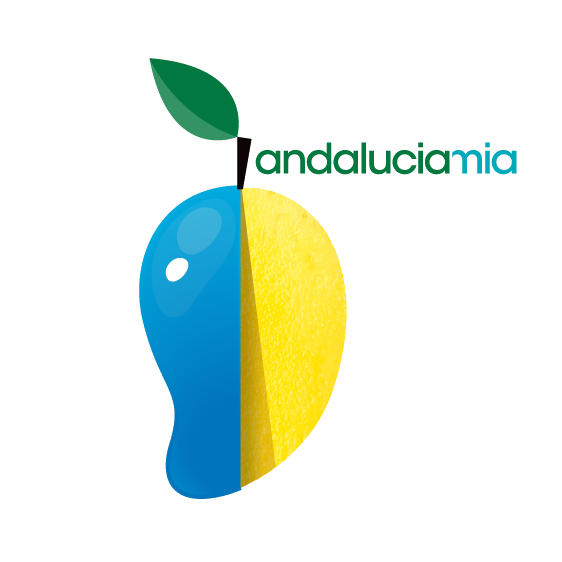The axarco currency of Axarquia in the 21st century
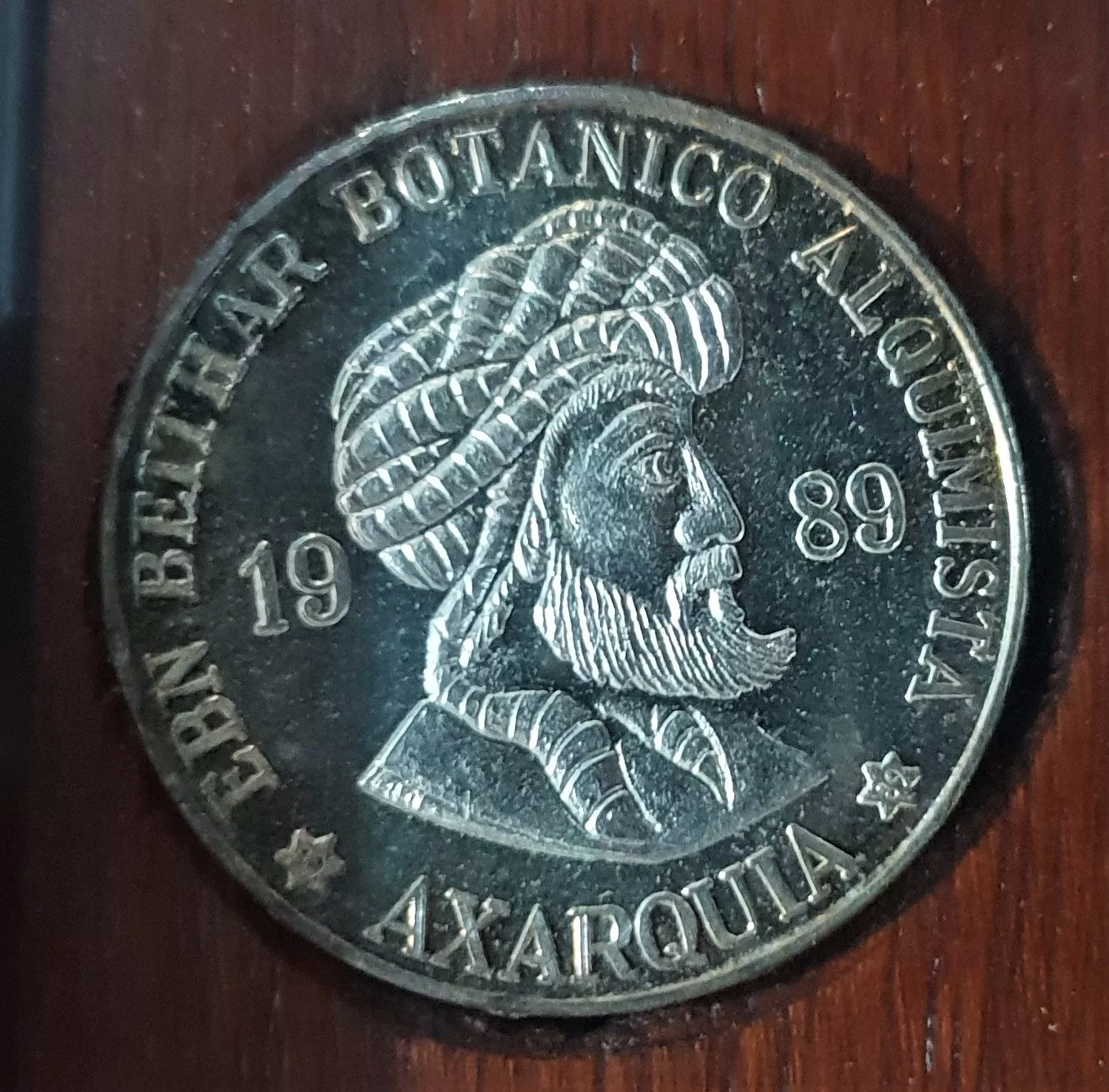
This is the incredible story of the axarco, a currency specific to Axarquia in the province of Malaga in Andalucia.
The origin of this currency, the Axarco :
A man with a passion for the Al-Andalus period, Antonio Gámez Burgos, from Malaga, decided at the end of the 1980s to create a currency: the Axarco.
The first banknotes were issued in 1988 and the first coins in 1989.
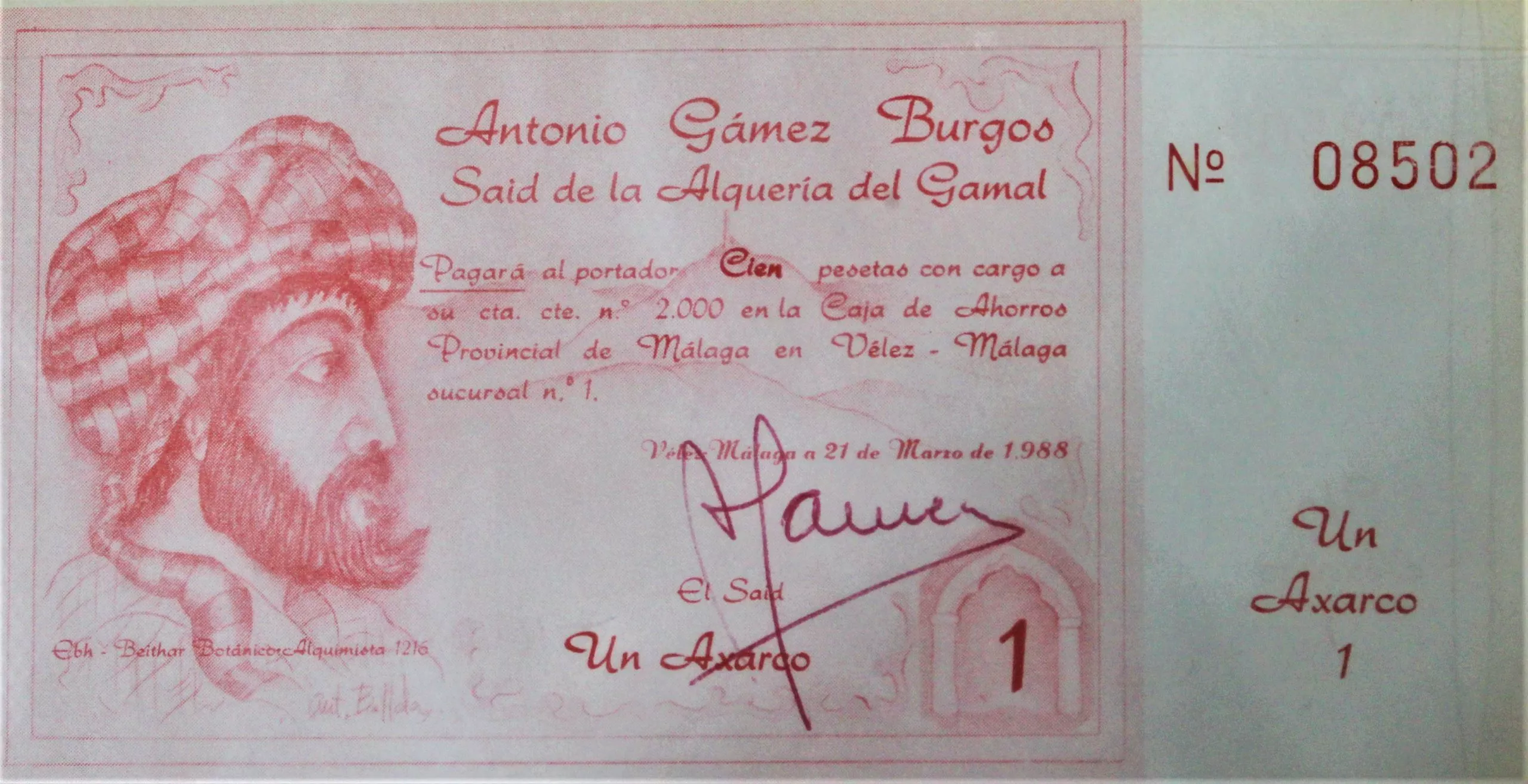
The history of Axarco
This currency, the axarco, has its origins in the creation of a currency under Al-Andalus granted exclusively to the Axarquia.
It was Az-Zaghall, the brother of Muley Hacen and uncle of Boabdil (the last king when the kingdom fell in 1492), who authorised the creation of this currency, made of gold and silver coins, in 1480, for Axarquia (Ash Sharqiyah).
This was to reward Axarquia for its loyalty during the internal wars that the kingdom of Granada was going through at the time. These internal wars led to a galloping inflation within the kingdom. At the end of the article you will find an explanation of the troubled period 1480-1490 which precipitated the fall of the kingdom of Granada.
The creation of money
Don Antonio Gámez Burgos succeeded in convincing a bank, the Caja de Ahorros Provincial de Málaga, to participate in this operation. In 1988, he deposited the equivalent in pesetas of the axarcos issued to allow the exchange and circulation of the currency in Axarquia.
For the record, several Andalusian cajas de ahorros (savings banks) merged in 1991, giving rise to what is now known as Unicaja.
Axarcos therefore circulated in Axarquia from 1988 onwards, although this remained fairly confidential as the currency soon became a collector’s item!
Axarco currency and the 2000s
Thus, in the early 2000s, the inhabitants of Axarquia found themselves with euros, pesetas and axarcos.
Due to the success of the currency, it was decided to issue axarquillos (a division of the axarco) to facilitate the use of the currency.
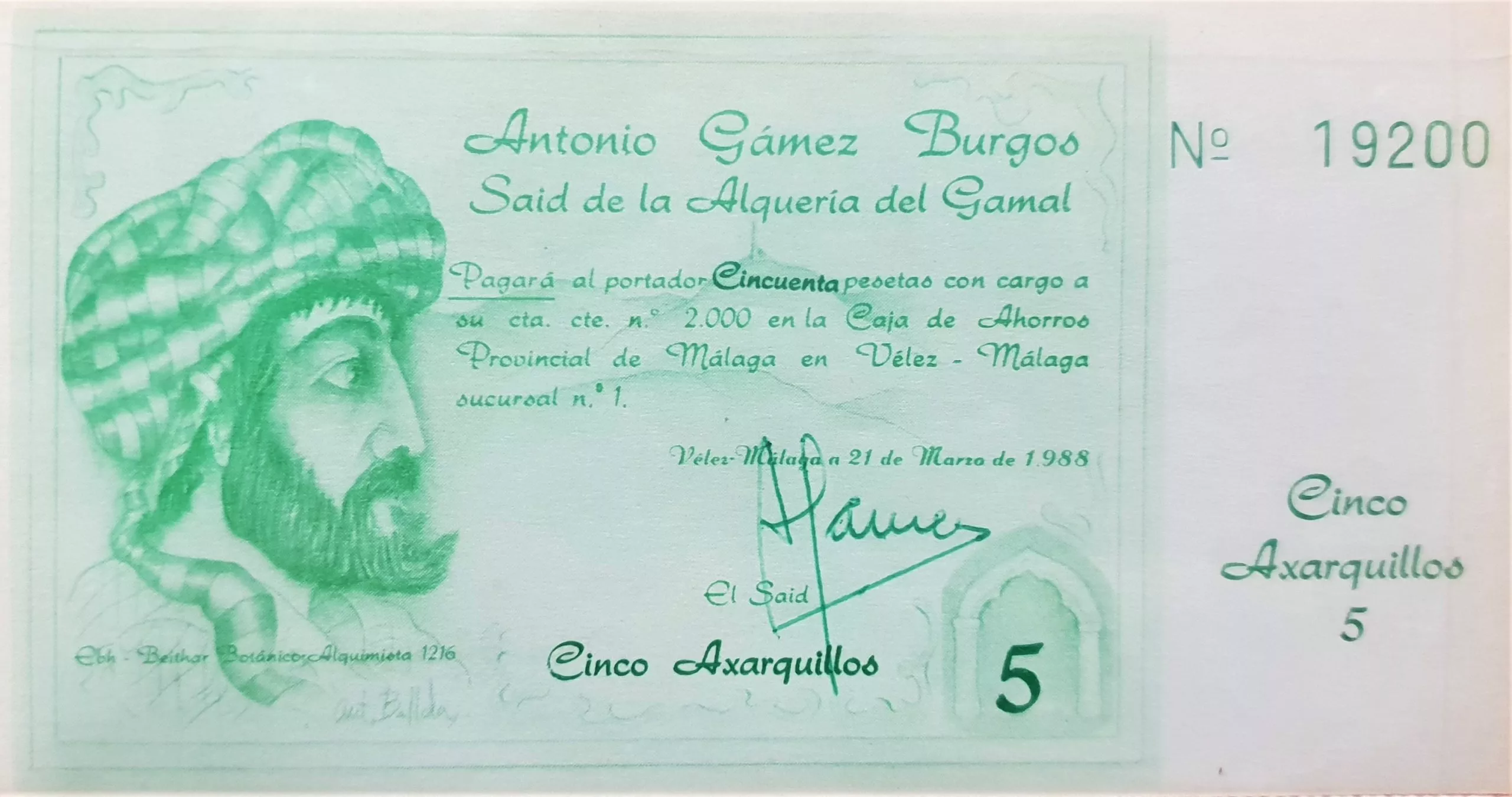
In 2007, Don Antonio Gámez Burgos passed away, and the circulation of the coin ceased almost completely, to become part of collectors’ wallets only. It should be noted that each note issued was signed by Antonio Gámez Burgos himself, to avoid counterfeiting. He did this with a pen of the same colour as the note. Today, a street in Velez-Malaga bears his name.
Today, banknotes can be considered as collector’s items with no real value. Coins, on the other hand, still have a value, that of the weight of the metal they are made of. Some are made of copper and others of silver!
Axarco notes and coins
The notes were issued as promissory notes exchangeable for pesetas.
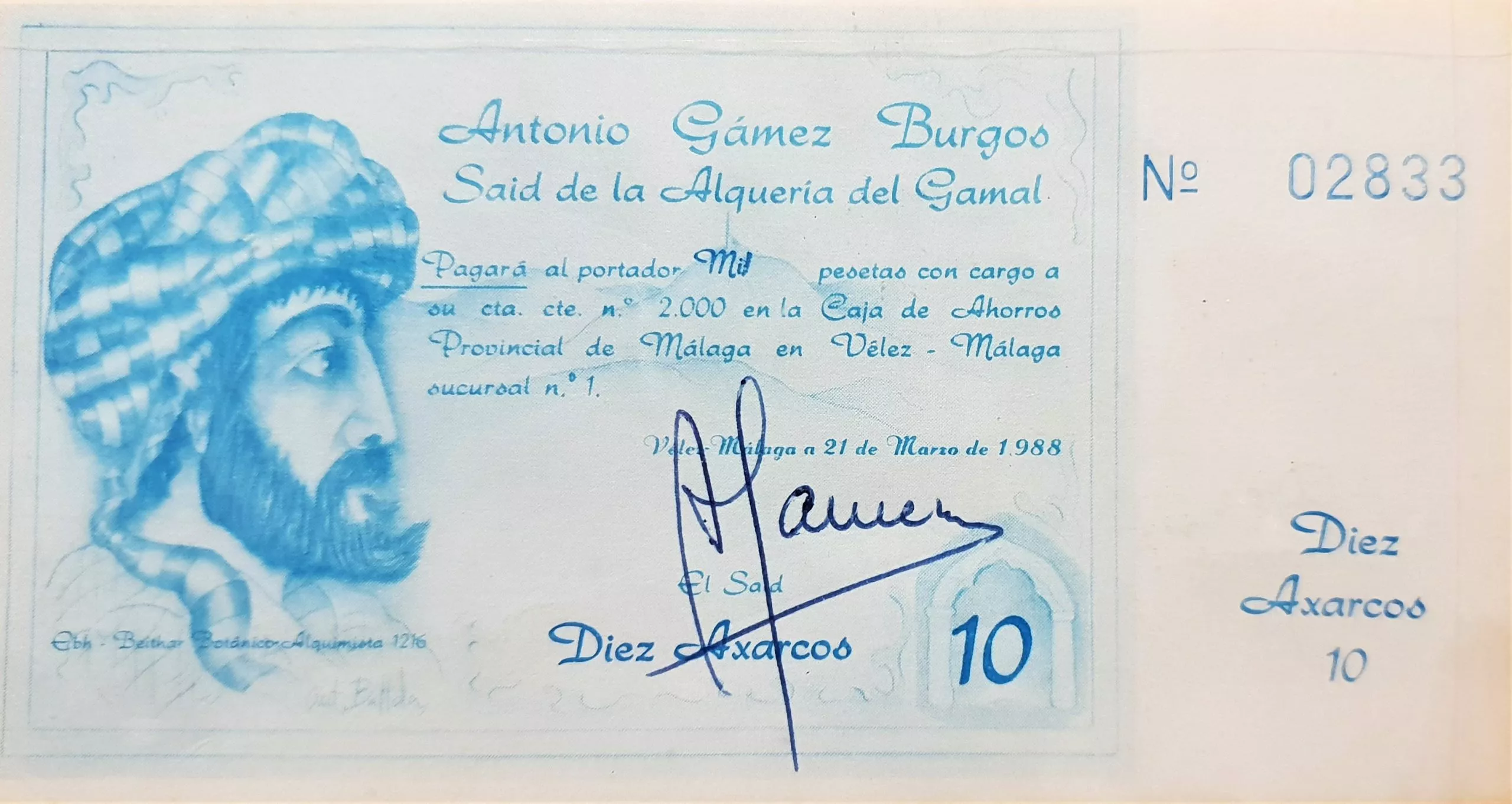
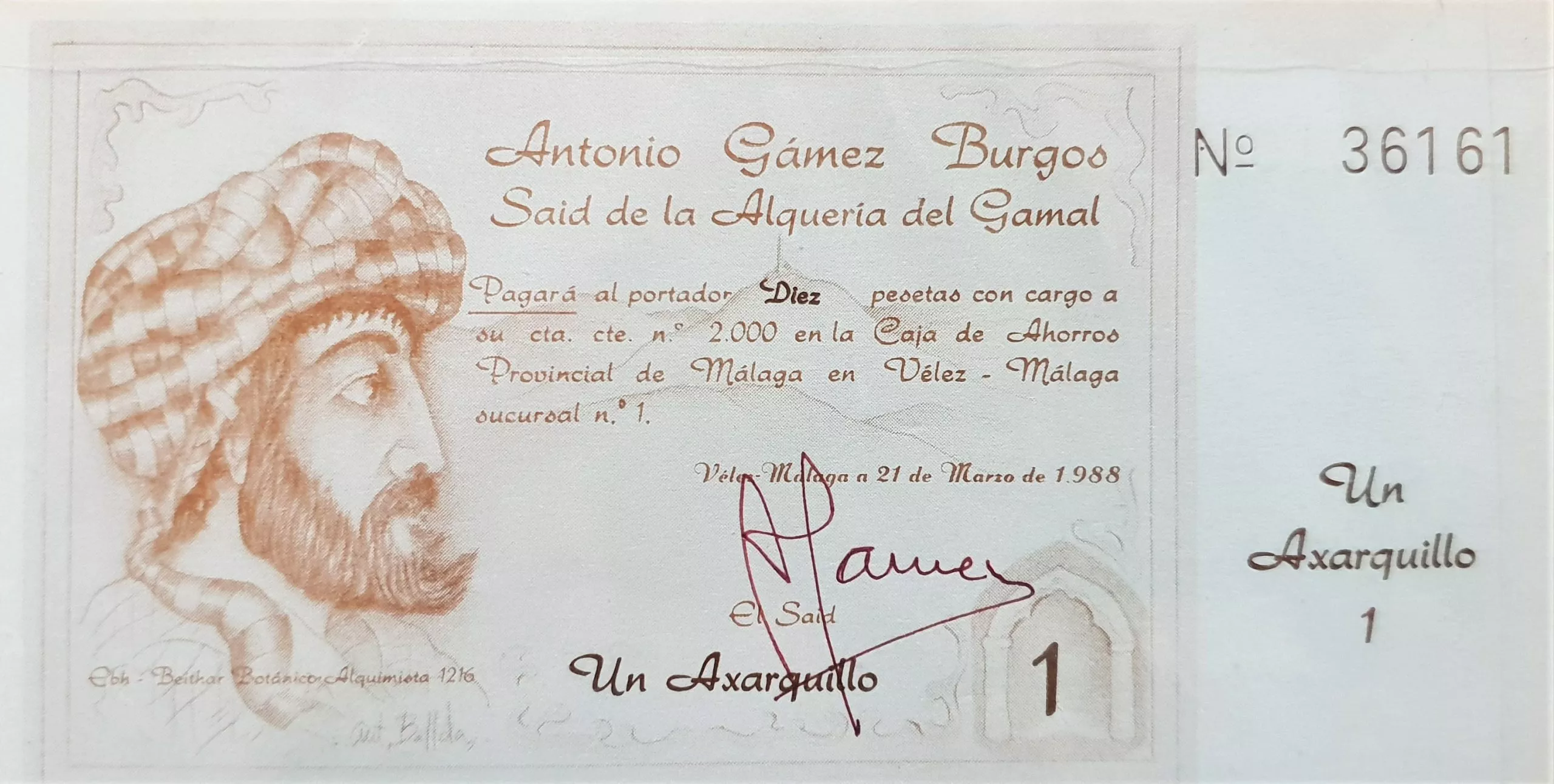
What is represented on the coins and notes :
The busts depicted on the banknotes were made by a painter from Velez-Malaga, the capital of Axarquia: Antonio Belda del Corral
On the coins as well as on the banknotes we find Ibn el Beitar. He was a famous Arab-Andalusian physician and botanist who lived in Axarquia in El Borge. He introduced the cultivation of citrus fruits (lemons and oranges) in the province of Malaga in the 13th century.

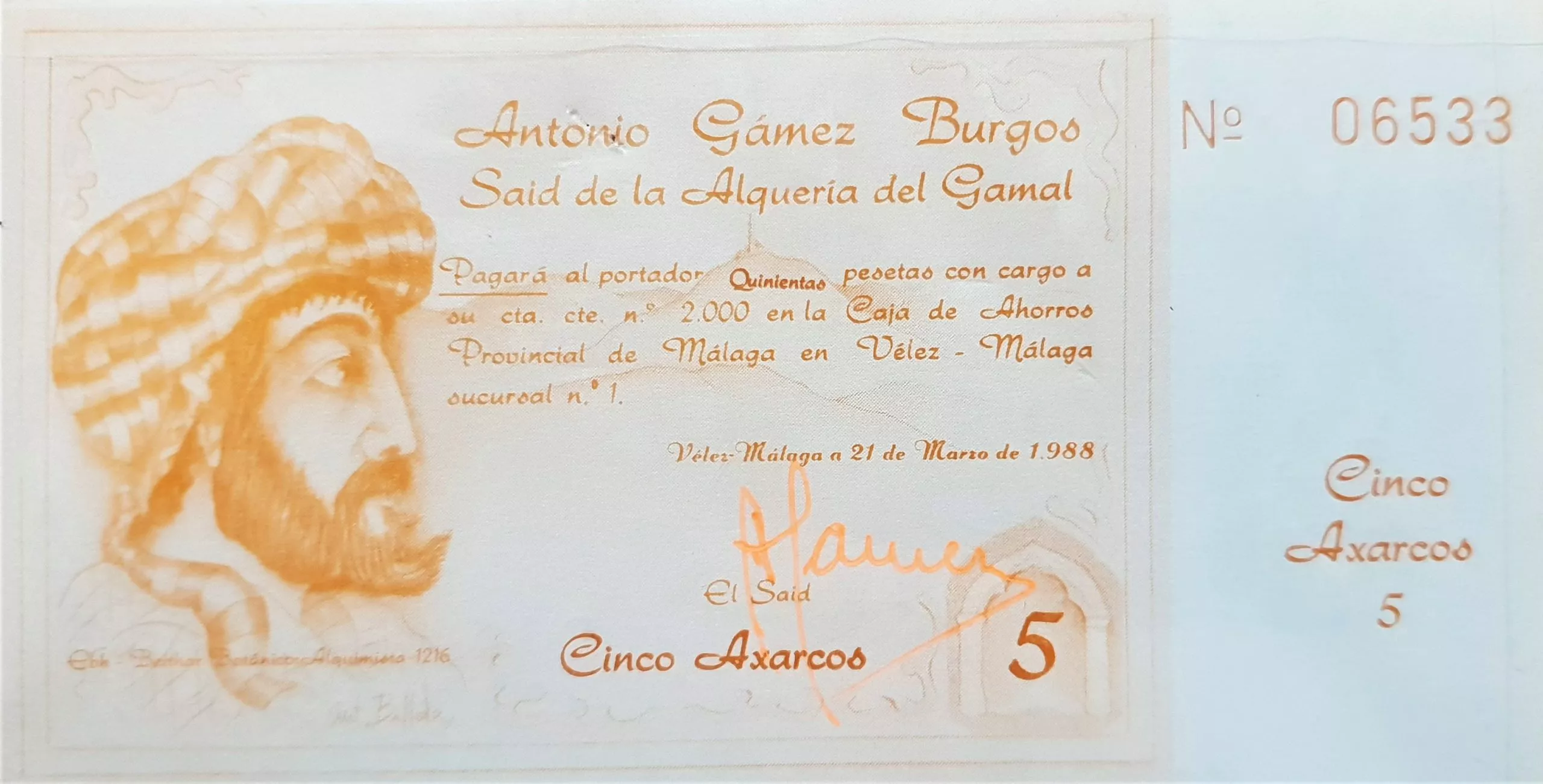
The other side of the banknotes depicts King Philip II, as it was during his reign that the Moorish rebellion (known as the Alpujarra revolt) took place, including the famous battle of Peñón de Frigiliana in 1569.
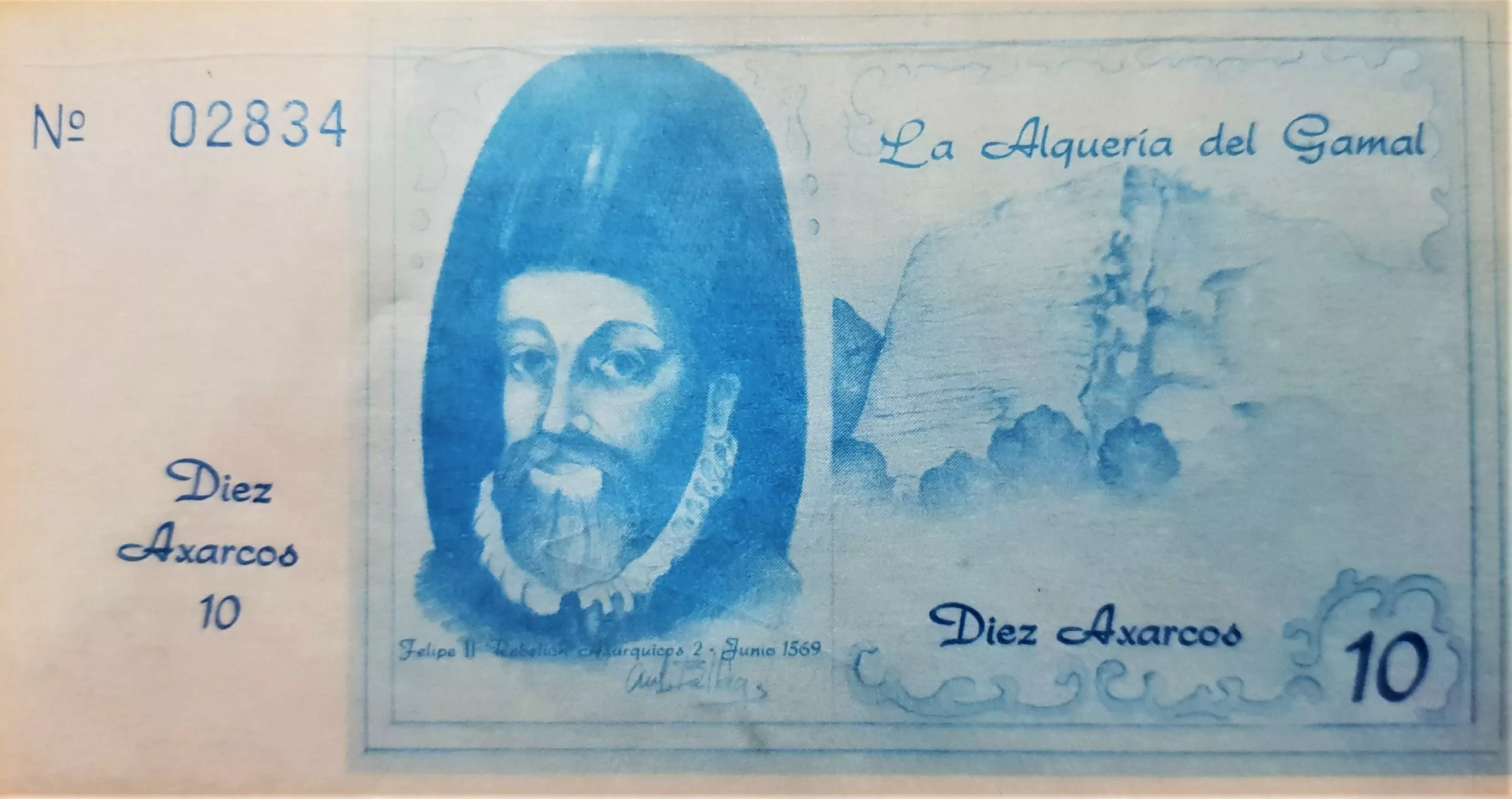
On the tickets, the person named Said de la alquería del Gamal is none other than Don Antonio Gámez Burgos, the creator of the axarco!
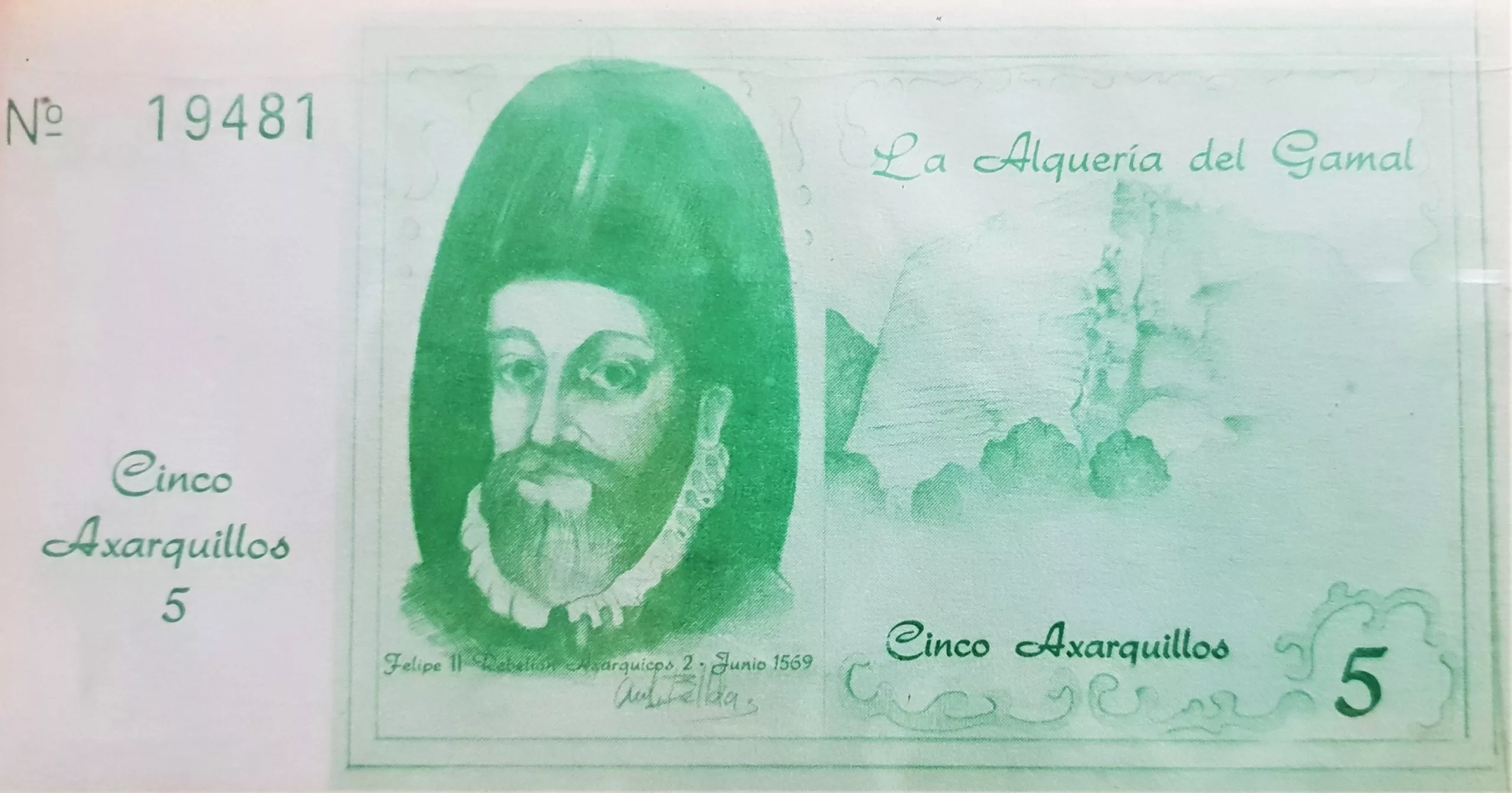
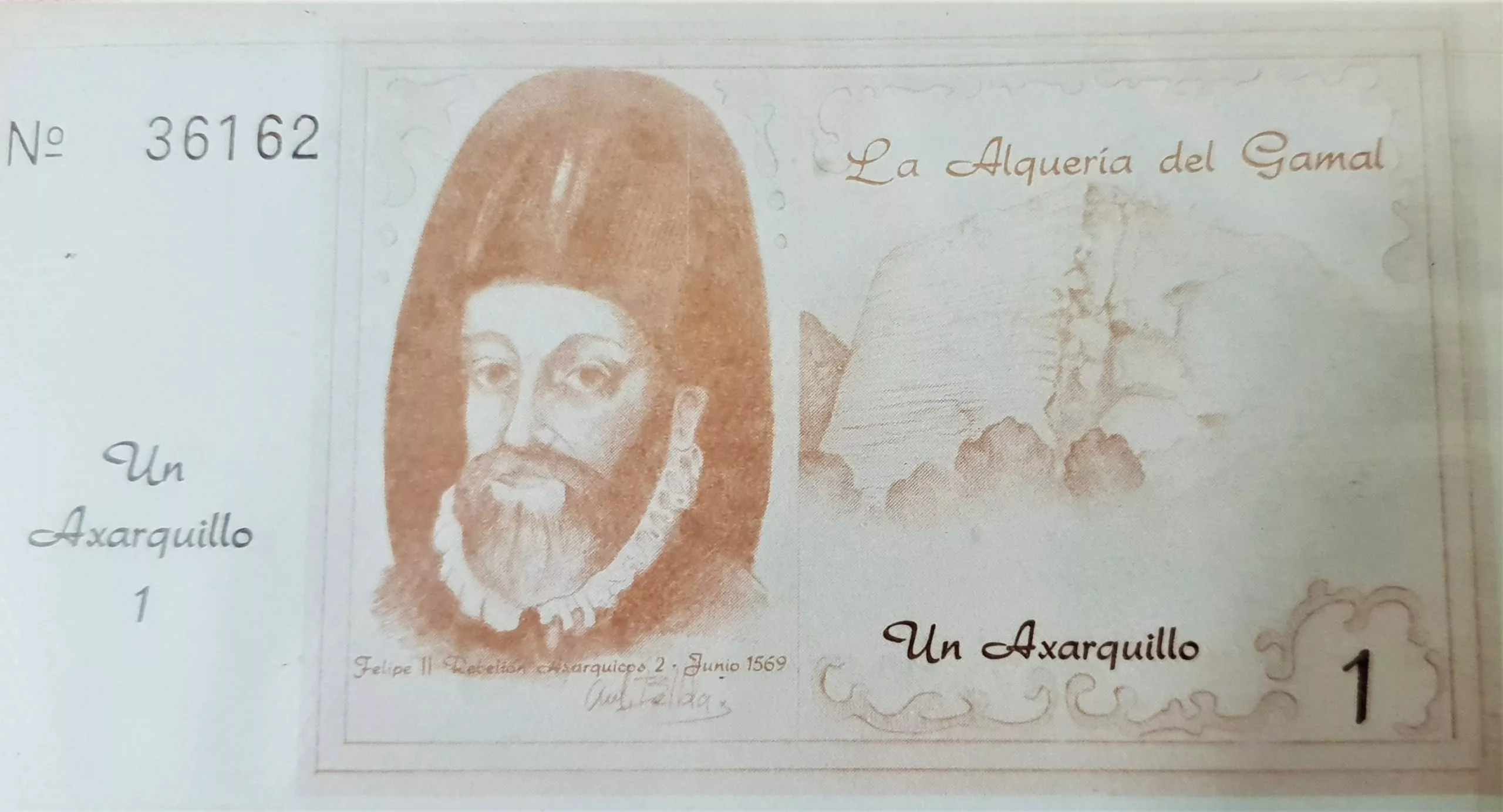
This currency has had some success and several articles have been published about it
- Edition of the Spanish newspaper ABC on the Axarco, 24 March 2002. The journalist talks about the Axarco as a currency that resists the arrival of the Euro!
- A final article from the newspaper La opinion de Malaga, dated 9 January 2012
The counter values were as follows: 10 axarcos = 1,000 pesetas = 6 euros
For those who would like to see axarcos, you can see some on display in the fantastic Axarquia House Museum in El Valdes (Moclinejo).
The origins of the turbulent period from 1480 to 1490
Muley Hacen, the Emir of Granada, lost his throne in the early 1480s and was overthrown by his son Boabdil, with the support of his mother, in 1482. The kingdom had already been divided for some years. Muley Hacen had fallen in love a few years earlier with a Christian slave, Isabelle de Solis. He decided to repudiate his wife Fatima and marry Isabelle de Solis, who after her conversion became Soraya.
The kingdom of Granada would be sharply divided, and Sultana Fatima would do everything to bring her son, Boabdil, to the throne and oust her former husband and favourite Zoraya. She succeeded in 1482.
In 1483, the Marquis of Cadiz lost a battle to Mohammed XIII in Axarquia. This was the last victory of the Muslims in the history of Al-Andalus, and it is what earned Mohammed XIII the nickname Az-Zaghall (the valiant, the brave). Legend has it that Az-Zaghall was warned of the arrival of the Catholic troops by a violin player from the minaret of Totalan.
In 1484, Boabdil, also seeking victory, attacked the city of Lucena. It was a total failure and he was taken prisoner by the Catholic kings. His father Muley Hacen took advantage of this to take over the throne.
Muley Hacen died a few months later. Az-Zaghall (Mohammed XIII), Muley Hacen’s brother and Boabdil’s uncle, then became emir in 1485 since Boabdil was still in captivity.
In 1487, Boabdil, thanks to an agreement signed with the Catholic kings, was freed and helped to resume his throne.
This was the beginning of the end of the kingdom of Granada.
Boabdil regained his throne in the kingdom of Granada. In exchange he handed over one of his sons, paid a huge sum of money and promised not to intervene in the battle of Malaga.
The kingdom of Granada was now a vassal of the Catholic kings. Malaga fell in August 1487. Granada did not intervene to defend it and fell in turn in 1492.
Here is a link to other articles on Axarquia.
The latest articles on Andalucia
-
Interactive map of Andalucia with best places to see
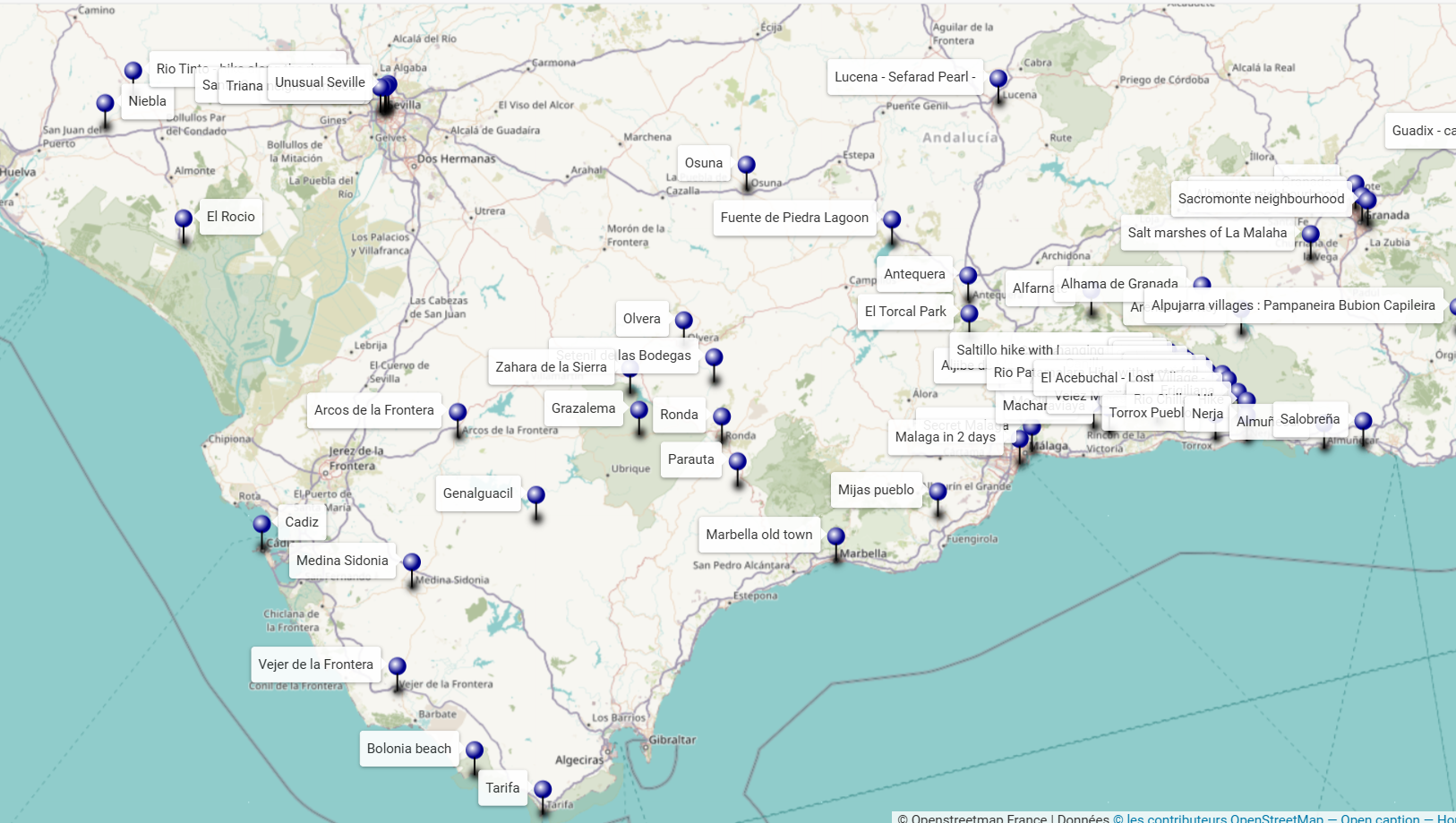
An interactive map of Andalucia to discover the sites to see around your holiday destination or to prepare a tour or road-trip.
-
What to see in Parauta and its enchanted forest ?
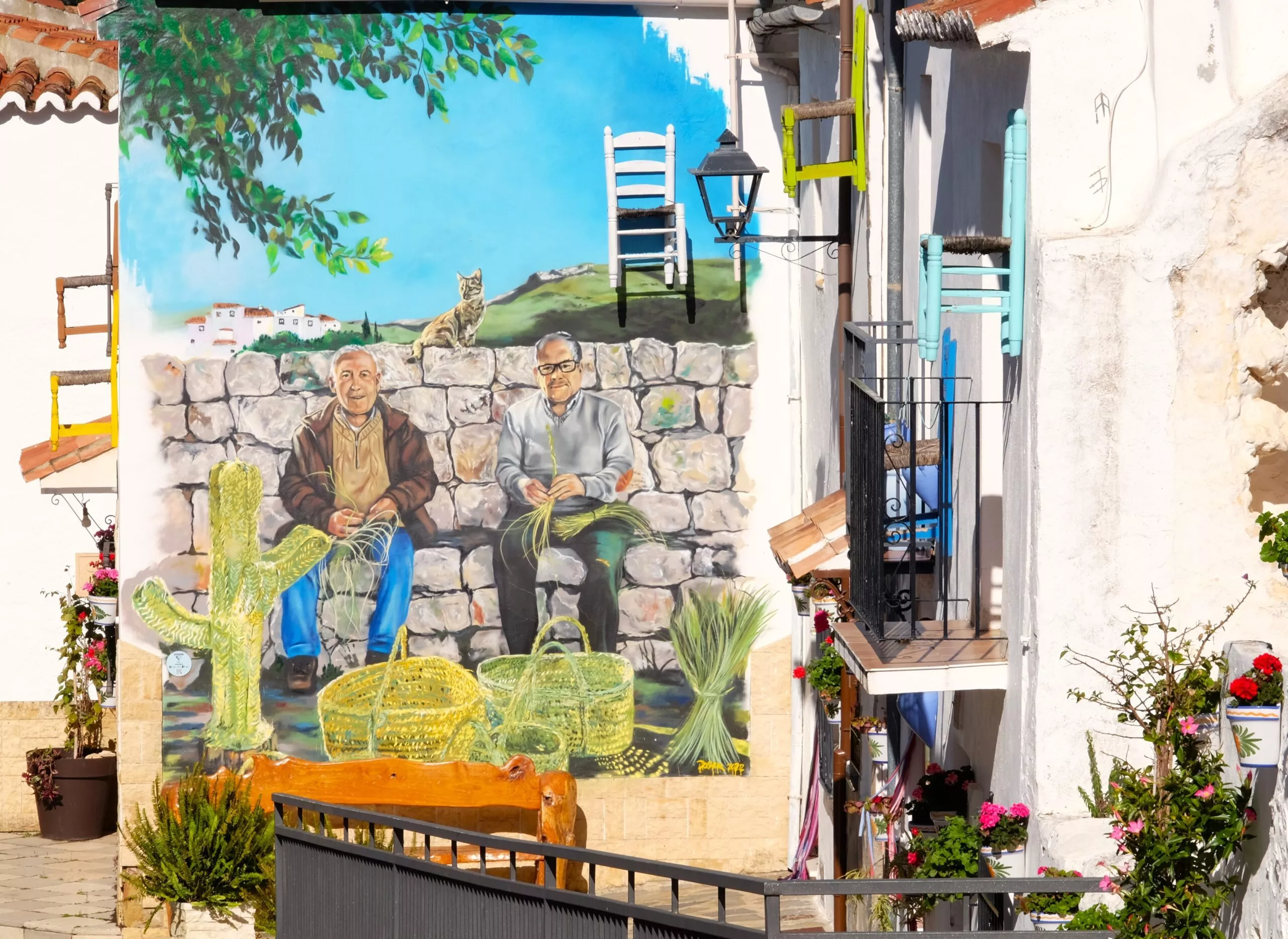
All the essential things to see in the wonderful village of Parauta and also in its very curious enchanted forest, el bosque encantado.
-
Genalguacil – what to see in the Vizier’s beautiful gardens
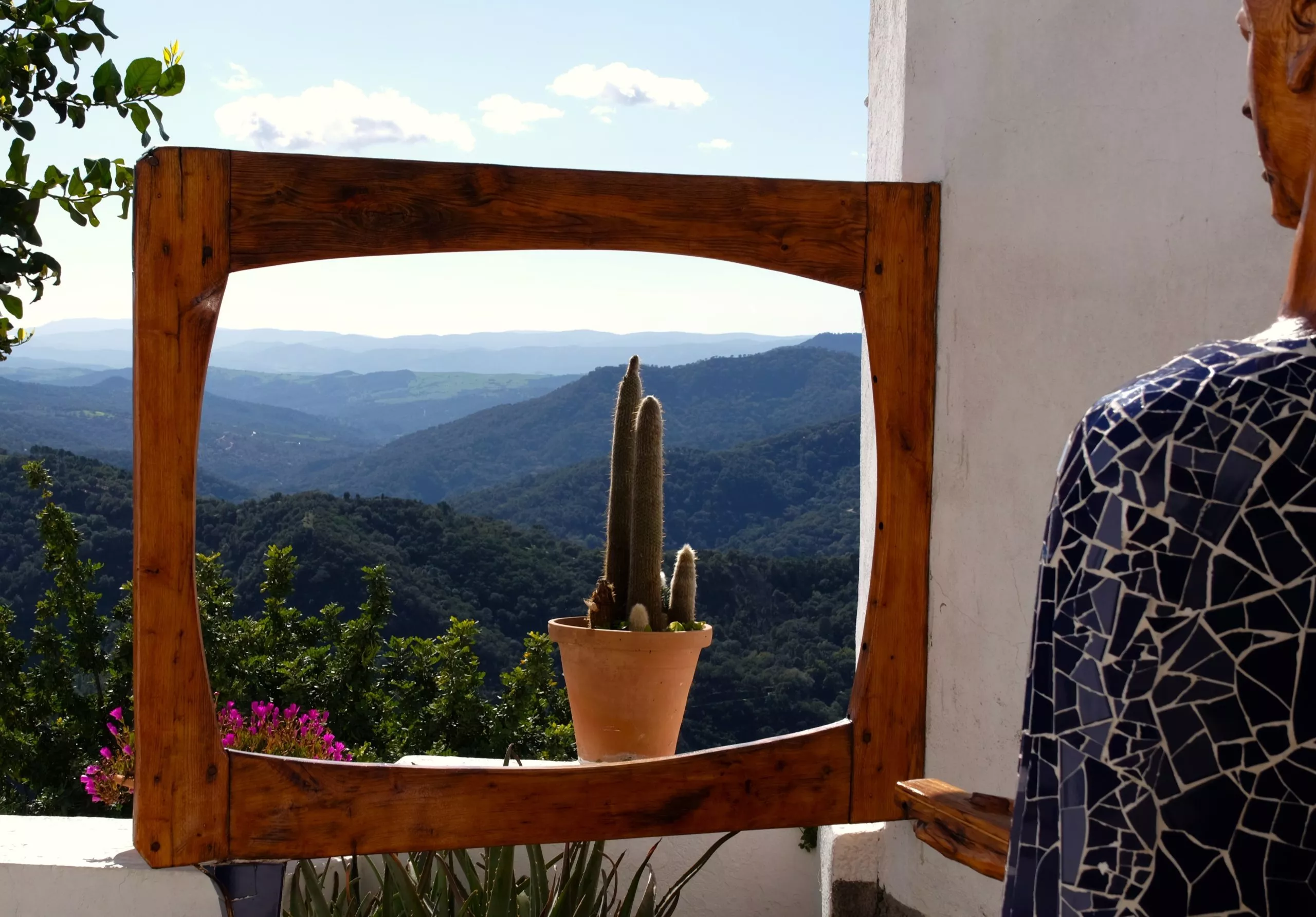
Here are all the essentials to see in the incredible village-museum of Genalguacil. This is an opportunity to discover the Genal Valley.
